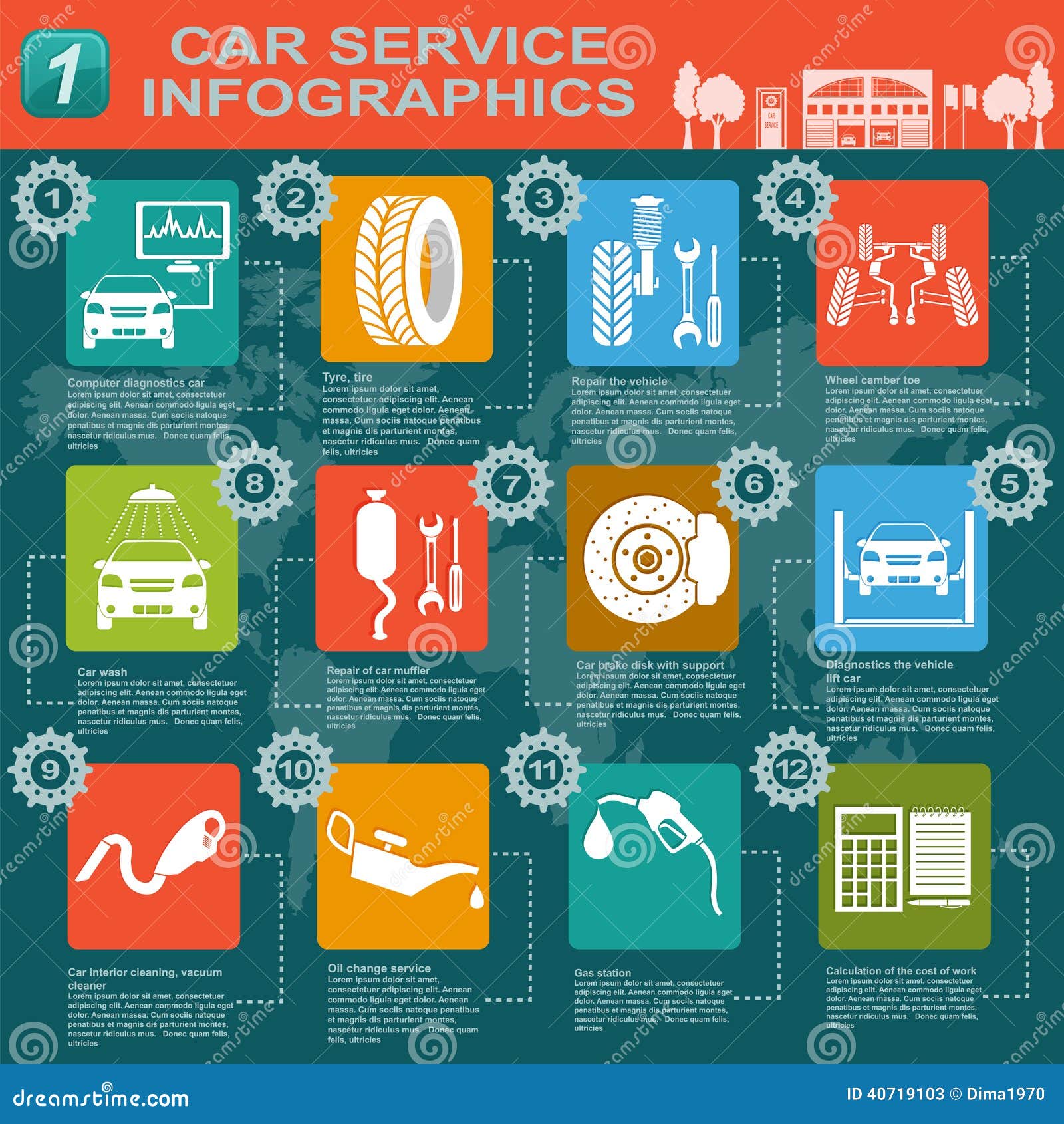Understanding Your Cars And Truck'S Warning Lighting: What Do They Truly Mean?
Understanding Your Cars And Truck'S Warning Lighting: What Do They Truly Mean?
Blog Article
Write-Up By-Hernandez Ferguson
When you lag the wheel, those radiant warning lights on your control panel can be a bit bewildering. Do you know what they're trying to tell you about your vehicle's health and wellness? Comprehending a fantastic read of these lights is essential for your safety and the long life of your car. So, the following time among those lights pops up, wouldn't you wish to decipher its message properly and take the essential steps to address it?
Common Caution Lights and Interpretations
Recognize usual caution lights in your vehicle and comprehend their definitions to make sure secure driving.
One of the most typical caution lights consist of the check engine light, which indicates issues with the engine or discharges system. If this light begins, it's important to have your car checked promptly.
The oil pressure cautioning light suggests low oil pressure, requiring instant attention to avoid engine damages.
A flashing battery light could suggest a defective charging system, possibly leaving you stranded if not attended to.
The tire stress surveillance system (TPMS) light alerts you to reduced tire stress, influencing vehicle security and fuel performance. Overlooking this might lead to harmful driving problems.
The ABS light shows a trouble with the anti-lock braking system, jeopardizing your capability to quit swiftly in emergency situations.
Finally, the coolant temperature alerting light warns of engine overheating, which can result in severe damage otherwise dealt with swiftly.
Recognizing these typical warning lights will help you deal with problems quickly and preserve safe driving conditions.
Importance of Prompt Attention
Comprehending the typical caution lights in your automobile is just the first step; the value of quickly attending to these warnings can not be emphasized enough to ensure your safety when driving.
When a warning light brightens on your control panel, it's your car's method of connecting a possible concern that needs focus. Ignoring visit the site can result in extra extreme issues in the future, jeopardizing your security and potentially costing you more out of commission.
please click the up coming website page to cautioning lights can avoid break downs and accidents. For instance, a flashing check engine light can indicate a misfire that, if left neglected, might trigger damages to the catalytic converter. Addressing this quickly can save you from a costly repair service.
Likewise, a brake system warning light might signify reduced brake fluid or used brake pads, vital components for your safety when driving.
DIY Troubleshooting Tips
If you see a caution light on your dashboard, there are a few do it yourself repairing ideas you can attempt prior to seeking expert assistance.
The first step is to consult your auto's manual to recognize what the particular warning light suggests. Sometimes the issue can be as easy as a loosened gas cap triggering the check engine light. Tightening the gas cap might deal with the issue.
An additional typical problem is a low battery, which can activate different alerting lights. Checking the battery links for corrosion and guaranteeing they're secure could take care of the trouble.
If a caution light continues, you can try resetting it by separating the cars and truck's battery for a few mins and after that reconnecting it. Additionally, inspecting your car's fluid levels, such as oil, coolant, and brake liquid, can assist troubleshoot alerting lights related to these systems.
Final thought
Finally, understanding your vehicle's caution lights is important for maintaining your automobile running smoothly and securely. By immediately attending to these notifies and understanding what they indicate, you can prevent pricey repairs and possible breakdowns.
Remember to consult your auto's handbook for specific information on each alerting light and act accordingly to ensure a trouble-free driving experience.
Keep educated, stay risk-free on the road!
